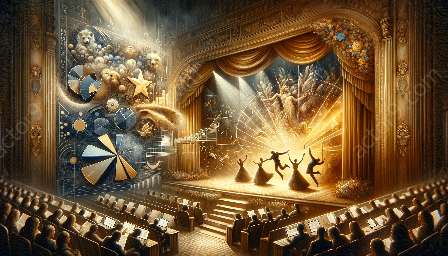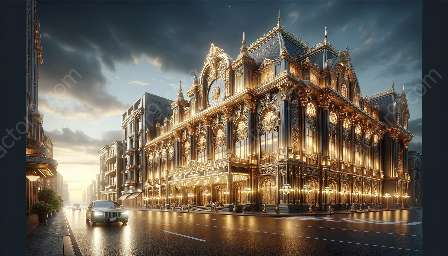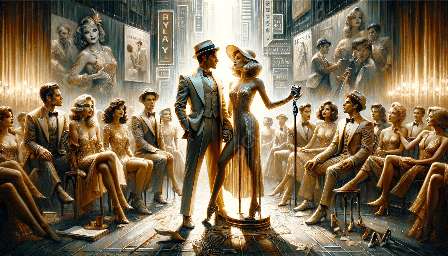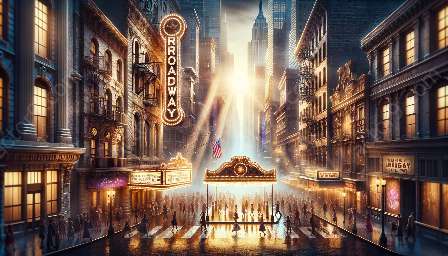The architecture of Broadway theatres is intricately designed to embody the principles of universal design, creating accessible and inclusive spaces for all patrons. These principles encompass various aspects of the design, such as spatial layout, seating arrangements, signage, and more, to ensure that everyone, regardless of ability, can partake in the extraordinary experience of Broadway and musical theater.
Universal Design in Spatial Layout
One of the key principles of universal design in Broadway theatres architecture is the consideration of spatial layout. The design incorporates wide pathways and open spaces to accommodate wheelchair users and individuals with mobility aids. The placement of amenities such as restrooms, concession stands, and ticket counters is strategically arranged to provide convenient access for all visitors.
Accessible Seating Arrangements
Broadway theatres adhere to universal design principles by offering accessible seating options dispersed throughout the venue. These seating areas are designed to provide unobstructed views of the stage, ensuring an inclusive experience for patrons with disabilities. In addition, companion seating is readily available, allowing individuals with disabilities to attend performances with their companions.
Inclusive Signage and Wayfinding
Universal design extends to the signage and wayfinding systems within Broadway theatres. Clear, easy-to-read signage with large fonts and high color contrast are employed to assist visitors with visual impairments. Tactile signage and braille are integrated to cater to individuals with vision loss, guiding them seamlessly throughout the venue.
Assistive Listening Systems
To enhance the auditory experience for all patrons, Broadway theatres implement assistive listening systems that amplify the sound for individuals with hearing impairments. These systems utilize wireless technology and individual receivers, allowing users to adjust the volume to their preference, ensuring that the performance is accessible to everyone.
Inclusive Amenities and Facilities
Universal design principles dictate the inclusion of a diverse range of amenities and facilities within Broadway theatres. Restrooms equipped with accessible features, such as grab bars and spacious stalls, cater to the needs of individuals with disabilities. Moreover, accessible concession areas and lounges are strategically integrated to provide convenience and comfort for all patrons.
Integration of Modern Technologies
Broadway theatres embrace modern technologies to further enhance accessibility for all visitors. Digital displays and touchscreen kiosks offer multilingual support and accessibility features, ensuring that everyone can access vital information and services. Additionally, online ticketing platforms and virtual tours provide individuals with disabilities the opportunity to plan their visit and familiarize themselves with the venue in advance.
Inclusive Staff Training and Assistance
Universal design extends beyond the physical architecture of Broadway theatres to encompass the training and assistance provided by the staff. Employees receive comprehensive training on disability etiquette, assistance techniques, and emergency protocols to ensure that all patrons receive respectful and accommodating service throughout their visit.
By incorporating these principles of universal design into the architecture of Broadway theatres, the entertainment industry demonstrates a steadfast commitment to creating inclusive and accessible spaces where individuals of all abilities can revel in the magic of live performances, thus enriching the overall experience of Broadway and musical theater.



































